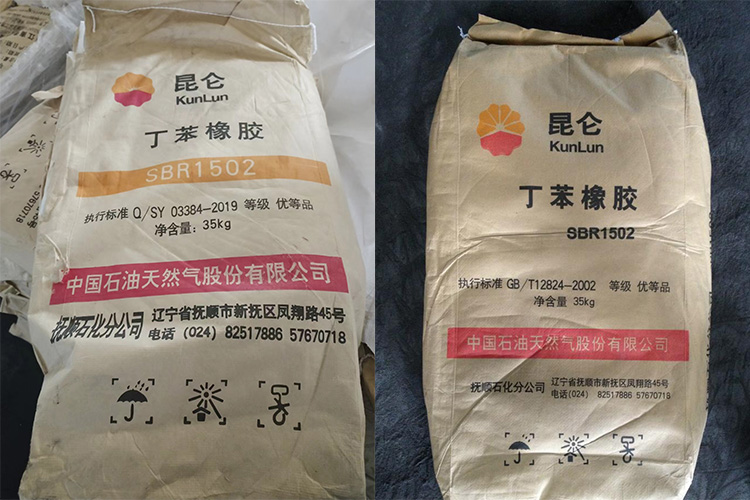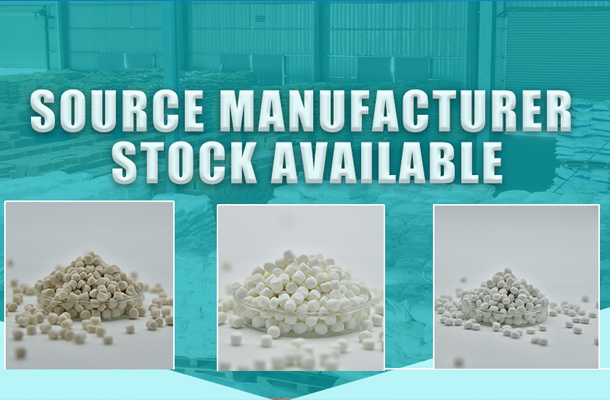Styrene-Butadiene Rubber (SBR) possesses a range of properties that make it a versatile and widely used synthetic rubber. These properties can vary depending on the specific formulation, including the styrene-to-butadiene ratio, presence of fillers, and whether it is a random or block copolymer. Key properties of SBR include:
Elasticity and Resilience: SBR exhibits excellent elasticity and resilience, similar to natural rubber. Butadiene units contribute to its flexibility and recovery properties, while styrene imparts stiffness.
Tensile Strength and Hardness: The tensile strength and hardness of SBR can be tailored by adjusting the styrene content. Higher styrene ratios result in harder and stronger rubber, while a higher butadiene content yields a softer and more elastic material.
Abrasion Resistance: SBR demonstrates good abrasion resistance, particularly when reinforced with fillers like carbon black, making it suitable for applications like tire treads and conveyor belts.
Temperature Resistance: SBR can operate over a wide temperature range but may become brittle at low temperatures and soften at high temperatures. Its service temperature range is typically between -50°C (-58°F) to +100°C (+212°F), although this can vary with formulations.
Chemical Resistance: SBR offers fair resistance to alkalis, water, and some inorganic salts but is susceptible to degradation by oils, fuels, and many organic solvents.
Weathering Resistance: While not as resistant to weathering as EPDM rubber, SBR can withstand exposure to sunlight and ozone reasonably well, especially when formulated with antioxidants.
Adhesion: SBR bonds well to a variety of substrates, facilitating its use in applications requiring secure attachment to metals, fabrics, and other materials.
Processability: SBR can be easily processed using standard rubber processing techniques such as extrusion, calendering, and molding. Its viscosity and flow characteristics make it suitable for complex shapes and designs.
Cost-Effectiveness: As a synthetic rubber, SBR is generally less expensive than natural rubber or specialized synthetic rubbers, making it a popular choice for applications where cost is a significant factor.
These properties make SBR a preferred material in industries like automotive (for tires and other parts), construction (in roofing and waterproofing membranes), footwear (soles and heels), and manufacturing (belts, hoses, and gaskets).








